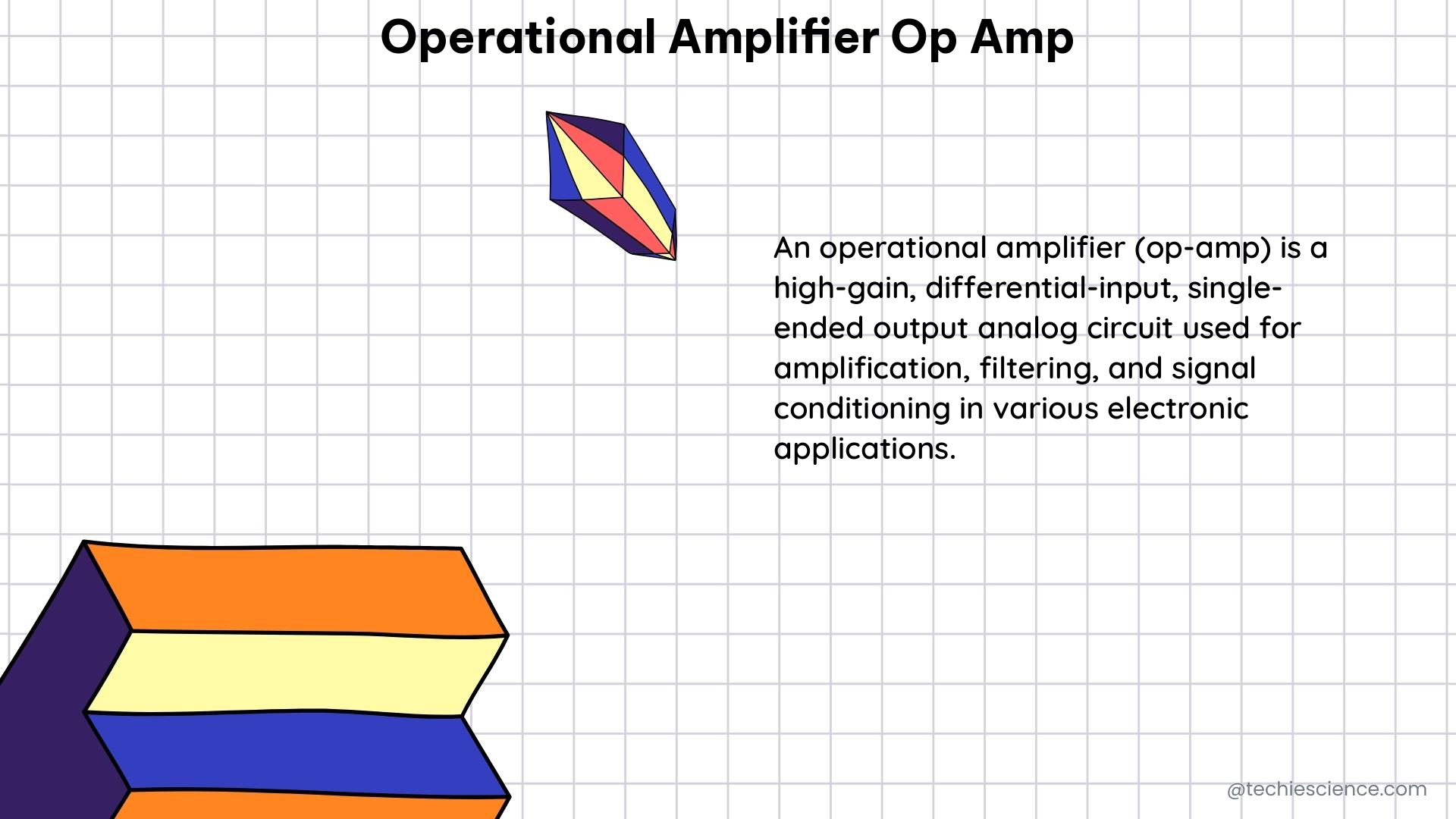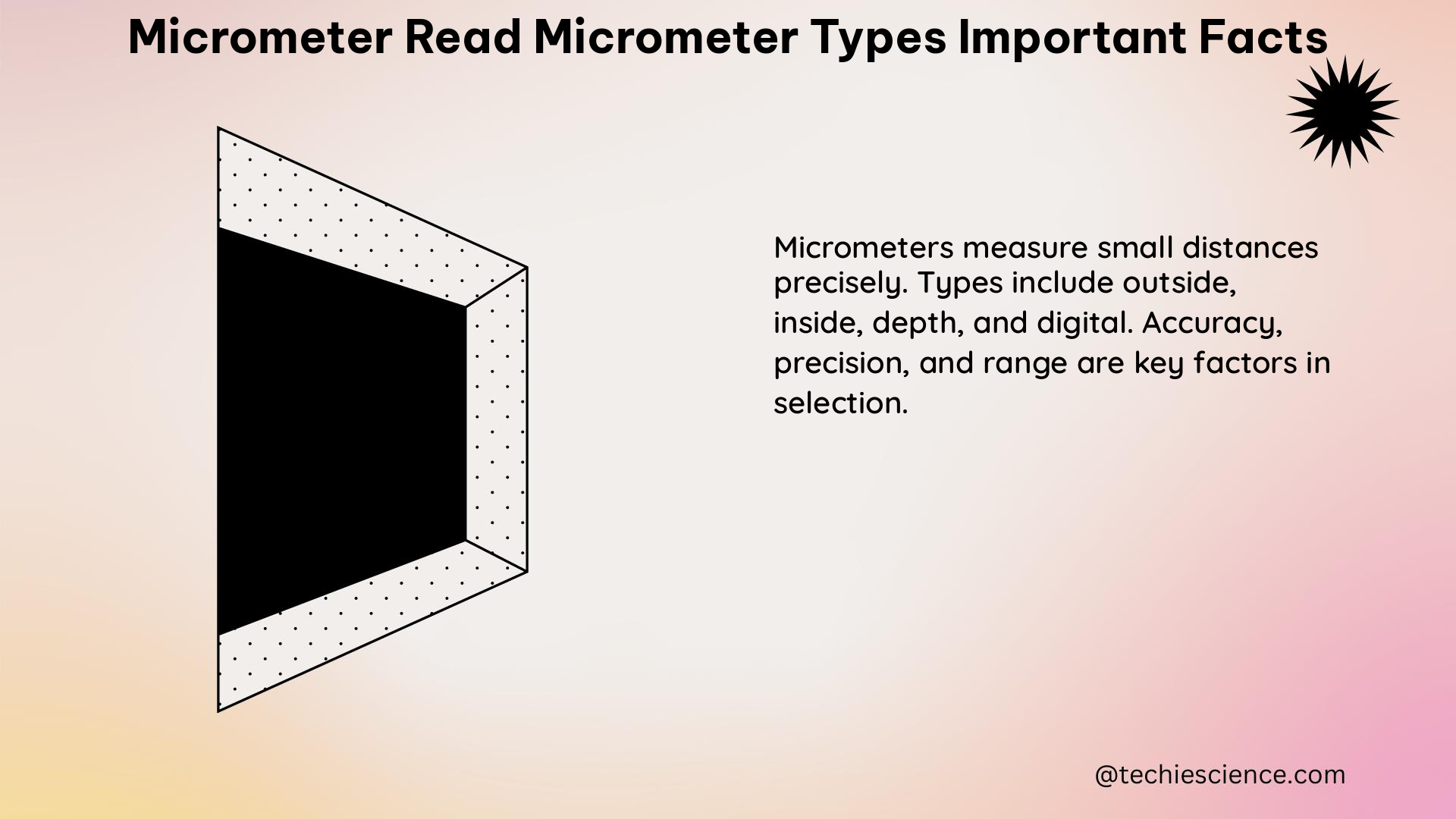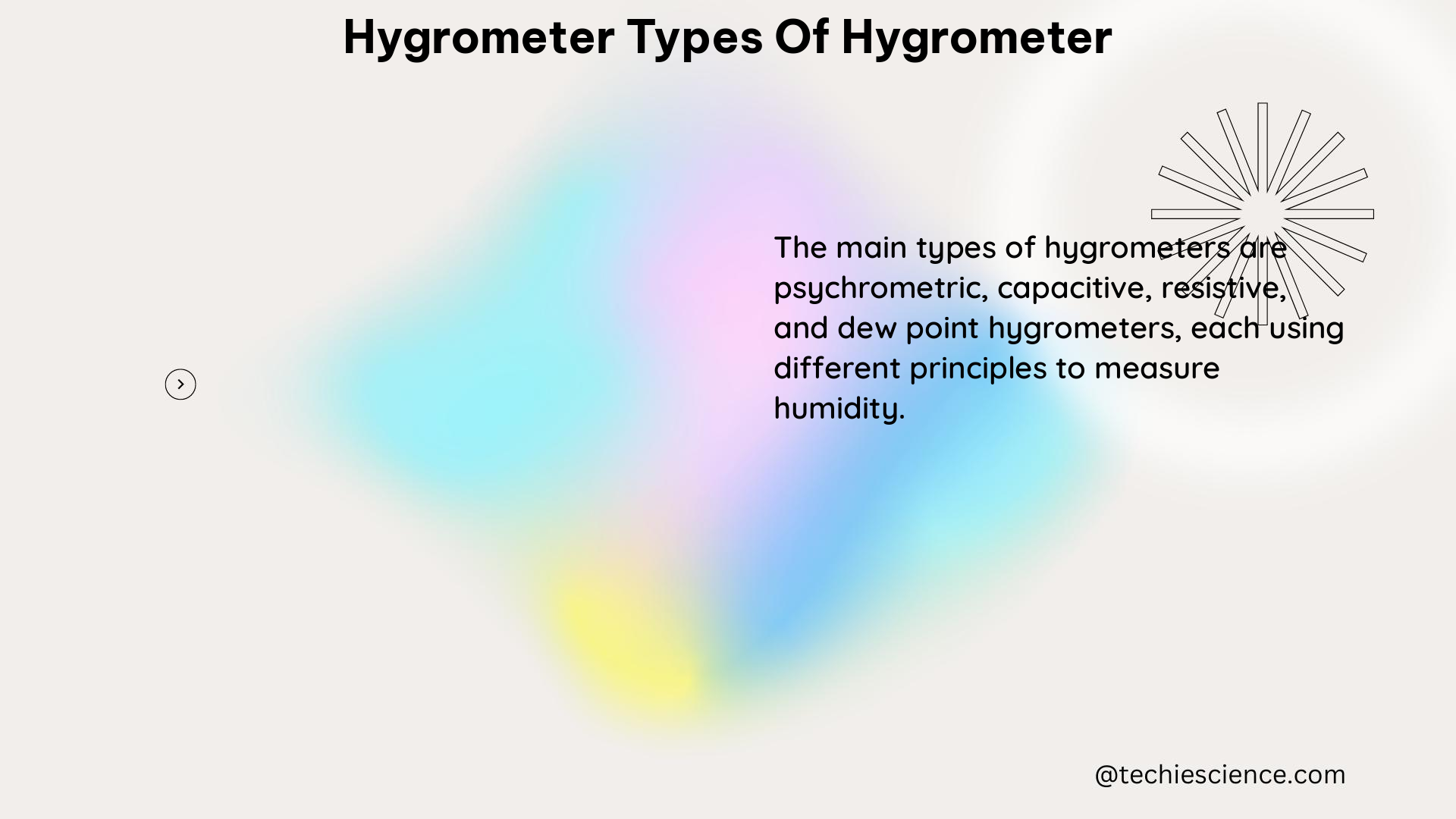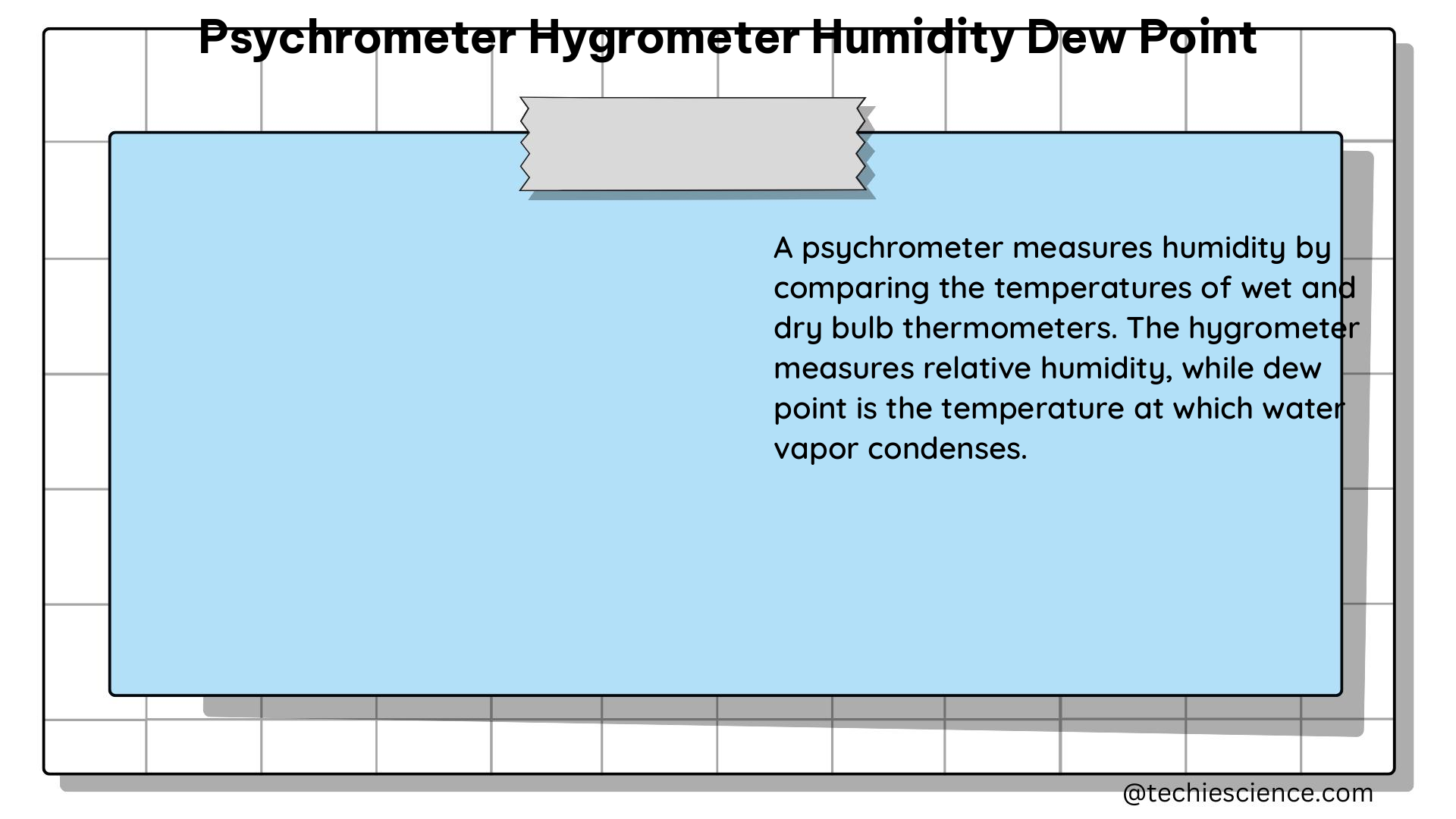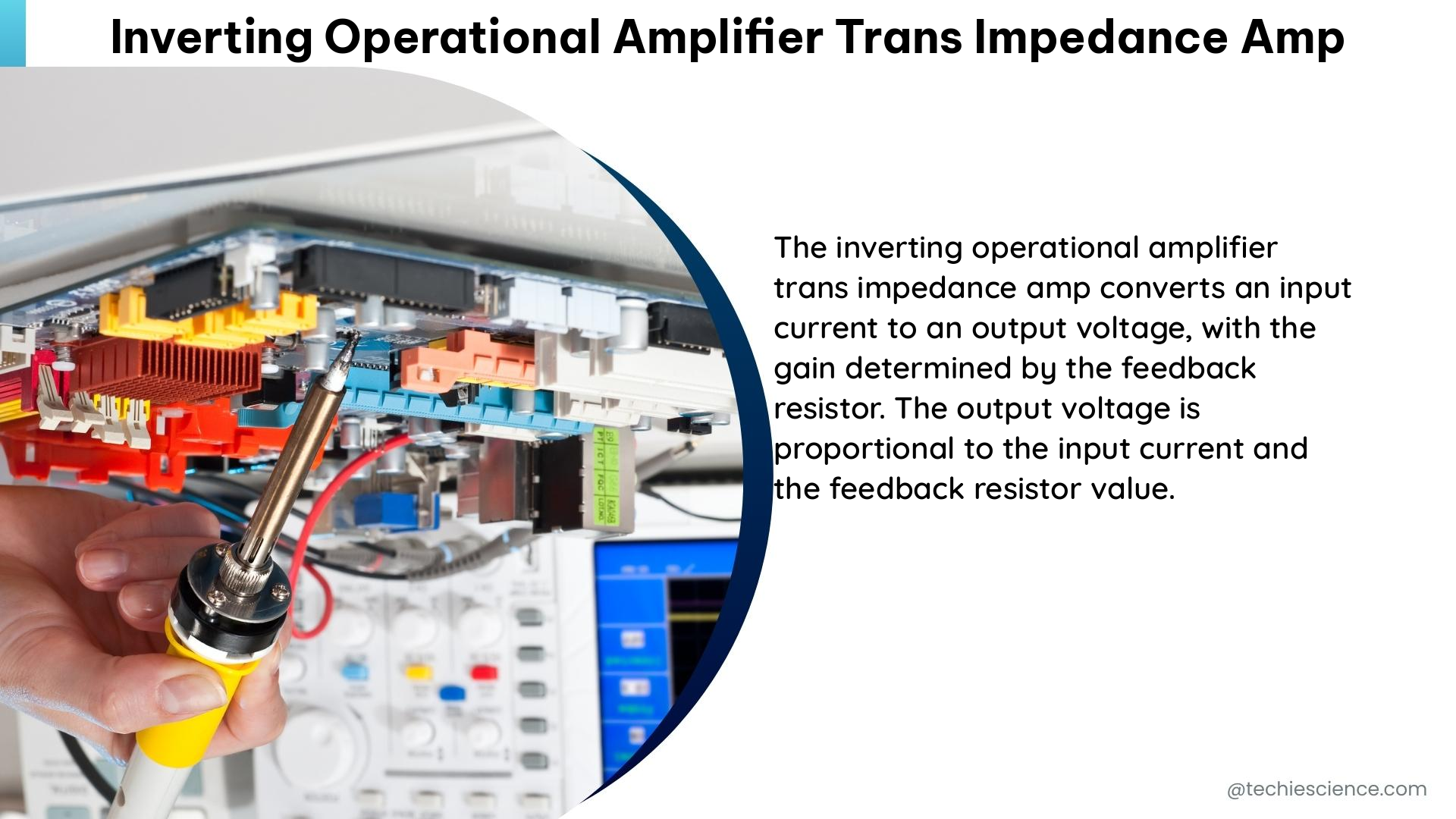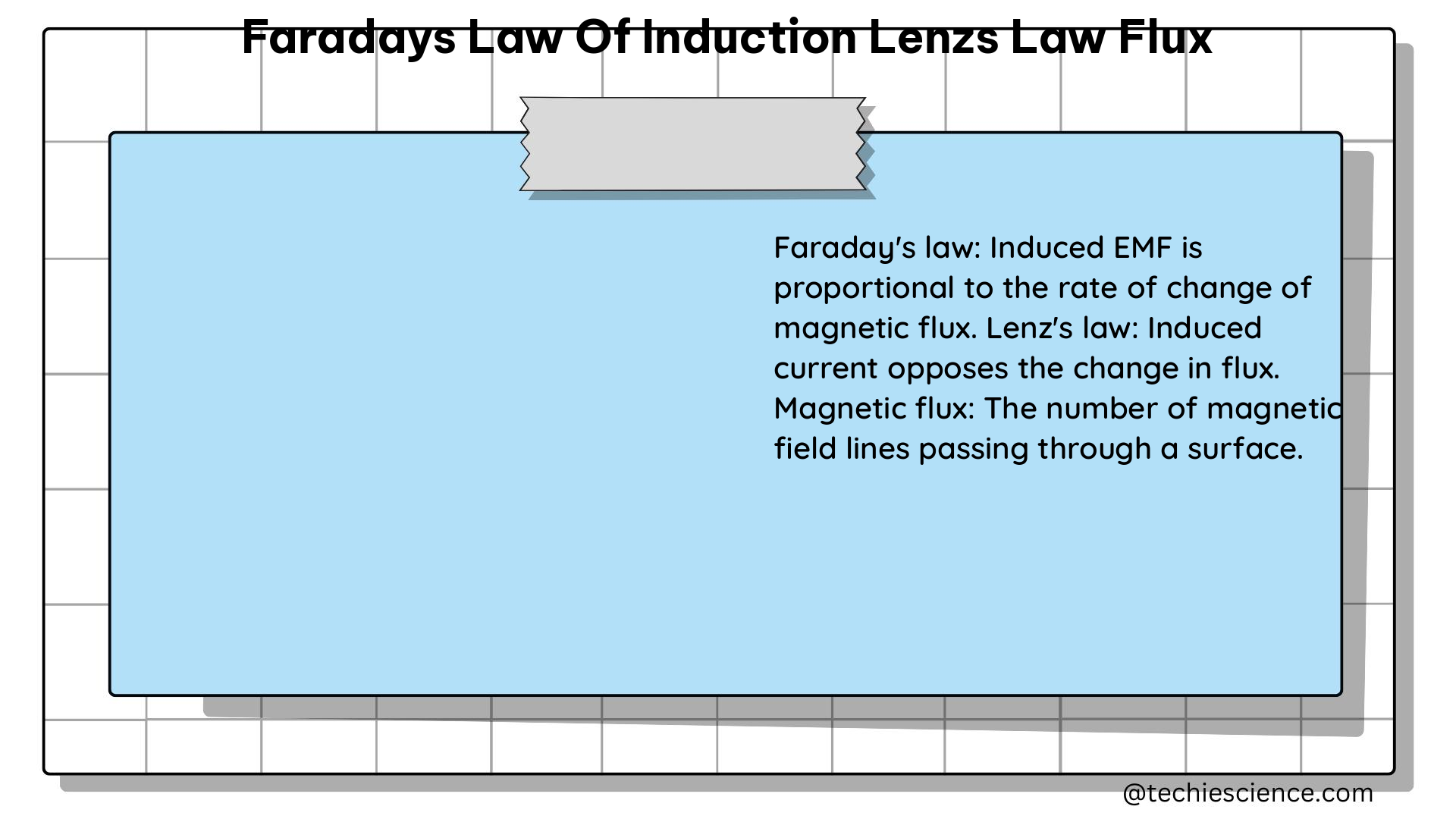Mercury, the smallest and closest planet to the Sun, has long captivated the scientific community with its unique characteristics and intriguing history. As one of the terrestrial planets, the formation and internal structure of Mercury hold valuable insights into the early stages of our solar system’s evolution. In this comprehensive blog post, we will delve into the intricate details of Mercury’s formation and its complex internal structure, providing a comprehensive guide for physics students and enthusiasts.
Formation of Mercury
Mercury’s formation can be traced back to the early stages of the solar system’s development, approximately 4.5 billion years ago. The prevailing theory suggests that Mercury, along with the other terrestrial planets, was formed through the gravitational collapse of gas and dust in the solar nebula. However, the specific details of Mercury’s formation are still a subject of ongoing research and debate.
One of the key theories regarding Mercury’s formation is that its components were derived from a wide part of the inner solar system, possibly including the asteroid belt. This hypothesis is supported by the planet’s unique composition, which is significantly different from the other terrestrial planets. Mercury’s high density and iron-rich core suggest that it may have formed from a more diverse range of materials than its counterparts.
Internal Structure of Mercury

The internal structure of Mercury is a complex and fascinating topic, revealing the intricate processes that have shaped this enigmatic planet. Let’s delve into the details of Mercury’s core, mantle, and crust:
The Core
Mercury’s core is the most prominent feature of its internal structure, occupying a significant portion of the planet’s volume. The core has a radius of approximately 2,020 ± 30 km (1,255 ± 19 mi), making it the largest relative to the planet’s size in the solar system.
The core is primarily composed of iron, with the possibility of containing other elements such as nickel, silicon, sulfur, carbon, and other trace elements. The core can be further divided into two distinct regions:
-
Inner Core: The inner core of Mercury is believed to be solid, with a higher iron content compared to the outer core. The high pressure and temperature conditions within the inner core contribute to its solid state.
-
Outer Core: The outer core of Mercury is in a liquid state, which is crucial for the planet’s magnetic field. The convection of the liquid outer core generates Mercury’s weak but persistent magnetic field, which is one of the few distinguishing features of this planet.
The Mantle
Surrounding the core is the mantle of Mercury, which has a thickness of approximately 420 km (260 mi). The mantle is primarily composed of silicate rocks, similar to the other terrestrial planets.
The composition and structure of the mantle are not as well-understood as the core, as it is more challenging to study. However, recent observations and data from spacecraft missions have provided valuable insights into the mantle’s properties and its role in shaping the planet’s surface features.
The Crust
The outermost layer of Mercury’s internal structure is the crust, which has a thickness ranging from 35 km (22 mi) to possibly 26 ± 11 km (16.2 ± 6.8 mi). The crust is composed of a unique blend of materials, being rich in sulfur, magnesium, and poor in feldspar, aluminum, and calcium.
The composition of the crust is a result of the planet’s early geological history, including the processes of differentiation, volcanism, and impact cratering. Understanding the crust’s composition and structure is crucial for unraveling the complex evolution of Mercury’s surface features.
Surface Features of Mercury
The surface of Mercury is a testament to the planet’s dynamic geological history, showcasing a diverse array of features that have been shaped by various processes over billions of years.
Craters
One of the most prominent features on Mercury’s surface is the abundance of impact craters, including large basins like the Caloris Basin and the Rachmaninoff Basin. These craters are the result of asteroid and comet impacts that have scarred the planet’s surface over time.
Interestingly, some of these craters exhibit unique features, such as crater rays, which are bright streaks of material ejected during the impact event. These crater rays provide valuable information about the nature of the impactors and the properties of the Mercurian surface.
Volcanism
Despite its small size, Mercury has evidence of past volcanic activity. Observations have revealed the presence of pyroclastic flows and shield volcanoes, indicating that the planet’s interior was once active and capable of producing volcanic eruptions.
The volcanic activity on Mercury is believed to have occurred over a prolonged period, with some deposits being less than 50 million years old. This suggests that the planet’s geological processes were more dynamic than previously thought, challenging the traditional view of Mercury as a geologically inactive world.
Compression Folds
Another striking feature on Mercury’s surface is the presence of compression folds, known as rupes (wrinkle ridges) and lobate scarps. These features are the result of the contraction of the planet’s interior, as the core and mantle cooled and shrank over time.
The total shrinkage of Mercury’s radius is estimated to be between 1–7 km (0.62–4.35 mi), a significant amount for a planet of its size. These compression folds provide valuable insights into the thermal history and internal dynamics of Mercury.
Physical Properties of Mercury
In addition to its unique internal structure and surface features, Mercury is also characterized by several distinctive physical properties that set it apart from the other planets in our solar system.
Density and Gravity
Mercury has the second-highest density in the solar system, with a mean density of 5.427 g/cm³. This high density is a direct consequence of the planet’s iron-rich composition, particularly its large, dense core.
The surface gravity of Mercury is 3.70 m/s², which is significantly lower than Earth’s, but still substantial enough to maintain a tenuous atmosphere and influence the dynamics of its surface features.
Temperature Extremes
Mercury experiences extreme temperature variations, with daytime temperatures reaching up to 800°F (430°C) and nighttime temperatures plummeting to as low as -290°F (-180°C). These extreme temperature swings are a result of the planet’s proximity to the Sun and its lack of a substantial atmosphere to moderate the temperature changes.
Atmosphere of Mercury
Despite its extreme temperature conditions, Mercury does possess a thin atmosphere, known as an exosphere. This exosphere is composed primarily of oxygen, sodium, hydrogen, helium, and potassium, which are believed to be derived from the solar wind and meteoroid impacts on the planet’s surface.
The exosphere of Mercury is so tenuous that it is considered more of an exosphere than a true atmosphere, as it lacks the density and pressure required to support weather patterns or sustain life.
Technical Specifications of Mercury
To provide a comprehensive overview of Mercury’s formation and structure, let’s delve into the specific technical details and measurements:
| Specification | Value |
|---|---|
| Mass | 0.33010 x 10²⁴ kg |
| Volume | 6.083 x 10¹⁰ km³ |
| Equatorial Radius | 2,440.5 km |
| Polar Radius | 2,438.3 km |
| Volumetric Mean Radius | 2,439.7 km |
| Ellipticity | 0.0009 |
| Escape Velocity | 4.3 km/s |
| Bond Albedo | 0.068 |
| Geometric Albedo | 0.142 |
| Solar Irradiance | 9,082.7 W/m² |
| Black-body Temperature | 439.6 K |
These technical specifications provide a detailed quantitative understanding of Mercury’s physical properties, which are crucial for understanding its formation, internal structure, and overall place within the solar system.
Conclusion
The formation and internal structure of Mercury are complex and fascinating topics that continue to captivate the scientific community. From its iron-rich core to its unique surface features, Mercury’s characteristics offer valuable insights into the early stages of our solar system’s evolution.
By delving into the intricate details of Mercury’s formation, internal structure, and physical properties, we can gain a deeper appreciation for the diversity and complexity of the planets in our solar system. This comprehensive guide serves as a valuable resource for physics students and enthusiasts, providing a comprehensive understanding of the enigmatic world of Mercury.
References
- https://en.wikipedia.org/wiki/Structure_of_Mercury
- https://www.britannica.com/place/Mercury-planet/Surface-composition
- https://nssdc.gsfc.nasa.gov/planetary/factsheet/mercuryfact.html
- https://www.esri.com/about/newsroom/arcuser/messenger-data-reveals-another-side-of-mercury/
- https://science.nasa.gov/mercury/facts
